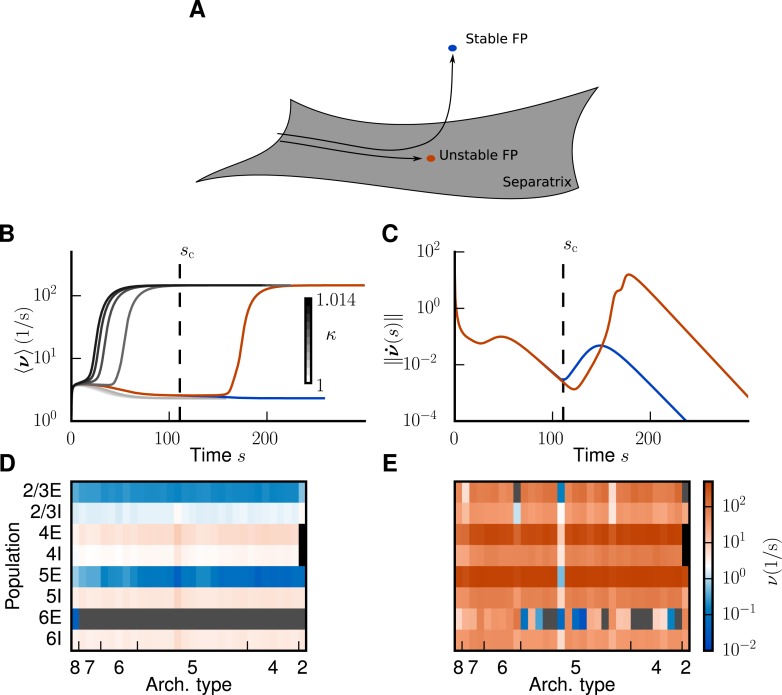Fig 4. Application of the mean-field theory to the multi-area model.
A Trajectories of Eq (1) starting inside the separatrix converge to an unstable fixed point. Trajectories starting close to the separatrix are initially attracted by the unstable fixed point but then repelled in the fixed point’s unstable direction and finally converge to a stable fixed point. B Firing rate averaged across populations over time. Integration of Eq (1) leads to convergence to either the low-activity (LA) or the high-activity (HA) attractor for different choices of the external input factor , with the original level of external drive. We show eight curves with varying from 1.0 to 1.014 in steps of 0.002 and two additional curves for . The curves for the largest factor that still leads to the LA state and for the smallest factor that leads to the HA state are marked in blue and red, respectively. The four curves with coincide with the blue curve. C Euclidean norm of the velocity vector in the integration of Eq (1) for the different choices of . The vertical dashed line indicates the time of the last local minimum in the blue curve. D Stationary firing rate in the different areas and layers of the model in a low-activity state for as predicted by the mean-field theory (same display as in Fig 3). E As D, but showing the high-activity state for .

